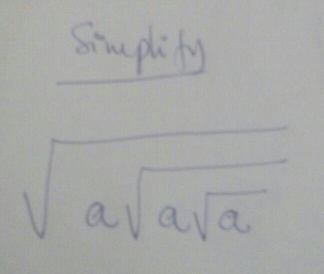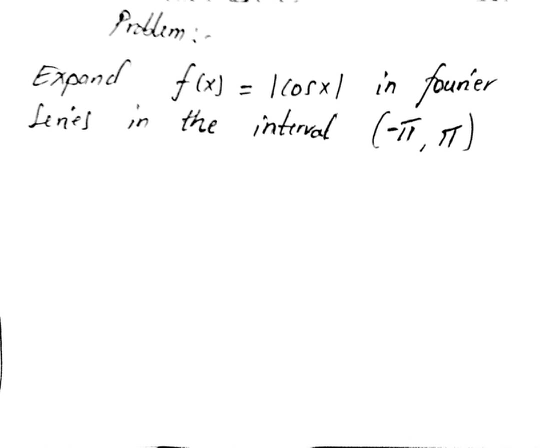
AllQuestion and Answers: Page 1906
Question Number 18593 Answers: 1 Comments: 0

Question Number 18590 Answers: 1 Comments: 0
$$\int\:\frac{\mathrm{sin}\:{x}}{\mathrm{1}\:+\:\mathrm{cos}^{\mathrm{2}} \:{x}}\:{dx} \\ $$
Question Number 18588 Answers: 1 Comments: 0
Question Number 18587 Answers: 0 Comments: 2
Question Number 18584 Answers: 1 Comments: 0
Question Number 18575 Answers: 1 Comments: 0
Question Number 18574 Answers: 1 Comments: 0
Question Number 18568 Answers: 0 Comments: 0
Question Number 18581 Answers: 1 Comments: 0
Question Number 18561 Answers: 0 Comments: 2
Question Number 18556 Answers: 1 Comments: 0

Question Number 18551 Answers: 1 Comments: 0

Question Number 18550 Answers: 1 Comments: 1

Question Number 18549 Answers: 0 Comments: 0
Question Number 18546 Answers: 0 Comments: 2
Question Number 18545 Answers: 1 Comments: 0
Question Number 18543 Answers: 1 Comments: 0

Question Number 18538 Answers: 0 Comments: 0

Question Number 18530 Answers: 1 Comments: 0
Question Number 19238 Answers: 0 Comments: 4
Question Number 19236 Answers: 1 Comments: 0

Question Number 18527 Answers: 0 Comments: 0
Question Number 18524 Answers: 2 Comments: 0
Question Number 18523 Answers: 0 Comments: 0
Question Number 18502 Answers: 1 Comments: 0
Question Number 18498 Answers: 5 Comments: 1
Pg 1901 Pg 1902 Pg 1903 Pg 1904 Pg 1905 Pg 1906 Pg 1907 Pg 1908 Pg 1909 Pg 1910
